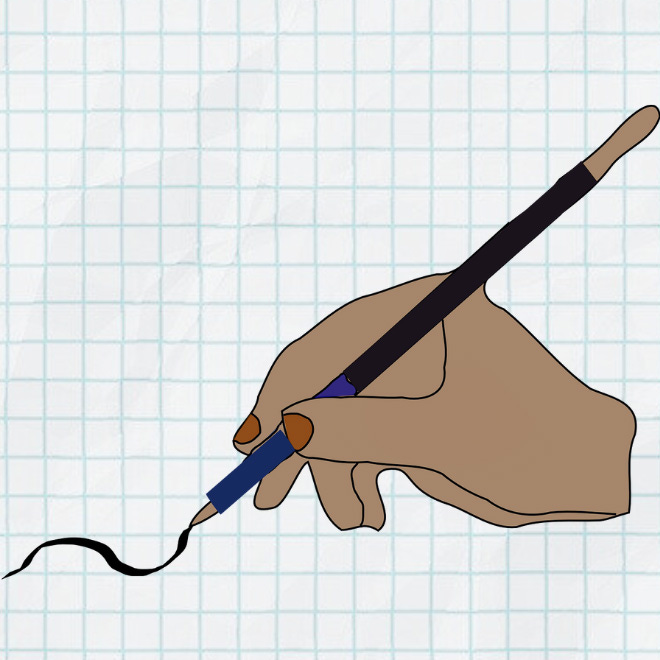When the path forward is hard to see, stop and take stock of where you are and how you got there. (Photo by Jane Rosenzweig)
Many years ago, I was fortunate to take a playwriting class with a prolific and well-known British playwright. After reading the draft of my one-act play, he told me that it read as if I had set out to write Little Red Riding Hood, but the only thing I knew about my play was that it was about a girl in a red cape (!).
While this was not the feedback I wanted to hear, it turned out to be the feedback I needed to hear. I understood immediately that he was right: I did not know enough about where my characters had been or where they were going to take my audience on a meaningful journey. That was the moment when I took stock of what I was trying to do in my draft and changed course.
Today, think of your own writing project as if you were Little Red Riding Hood and she is about to set off on a journey.
Do you know where you’re starting and where you hope to end up? Are you conveying that information to your readers? What do you need to know that you haven’t yet figured out?
You can do this exercise in several ways, depending on where you are in your project.
Option 1: Reverse outline a draft
If you have a draft of your project, try making a reverse outline of what you’ve written so far. The purpose of a reverse outline is different from the purpose of a regular outline. Instead of mapping out what you are planning to say, the reverse outline helps you take stock of what you have written and also shows you what you have not yet written.
A reverse outline doesn’t need to be formal. Go through your manuscript and note the main point you are making in each section or paragraph. Can you see the progression of your ideas? Do you know why each paragraph is in your draft? What questions would readers have if they read this draft?
Option 2: Sketch a journey
If you’re not ready to make a reverse outline, try this instead. Without looking at your project, write a few paragraphs in the first-person about where you started and where you are now.
Try to answer these questions: What did you think your project was when you started writing? What do you think now? How would you explain to a reader where you are going and why—and where you hope to end up? What questions do you think a reader could have about your project, and how would you answer those questions?
As you take stock of your project, go easy on yourself if you find that you are not quite where you want to be. We write to discover what we think— to figure out where Little Red Riding Hood is going and why. It’s only once we figure that out that we can take our readers on the same journey, all the way into the woods and out again.
For more writing tips, check out my Writing Hacks newsletter.
Jane Rosenzweig









Great prompt! It’s so useful to think about our writing as physical spaces that we invite readers into and guide them through. Your techniques are so helpful for that! I also love thinking about how (especially with larger pieces like books) we can design our writing for nonlinear navigation -- for example, when a book is designed so that chapters can be read in any order and still make sense. ✍️
I wrote a longer piece about what I learned in that playwriting workshop/how reverse outlines can help you think through your draft for my own newsletter here: https://writinghacks.substack.com/p/into-the-woods-and-out-again